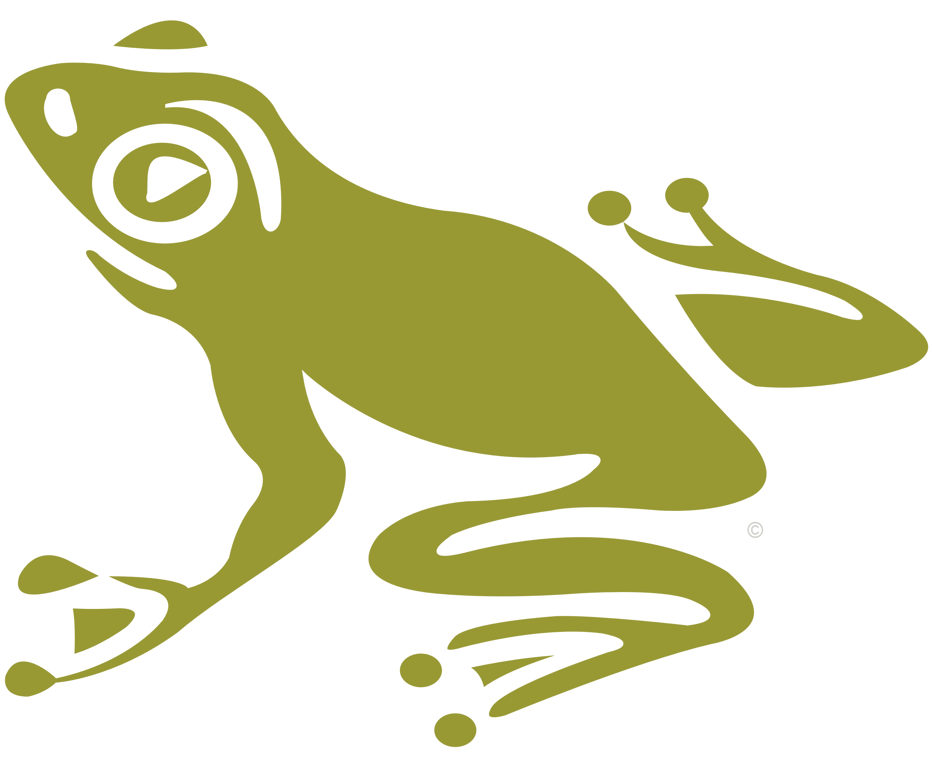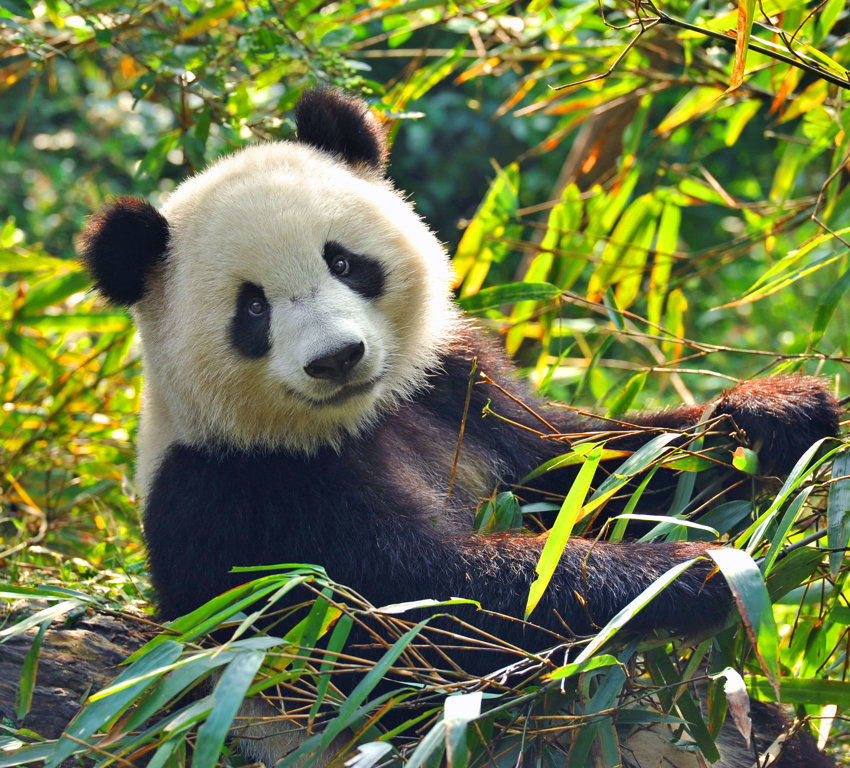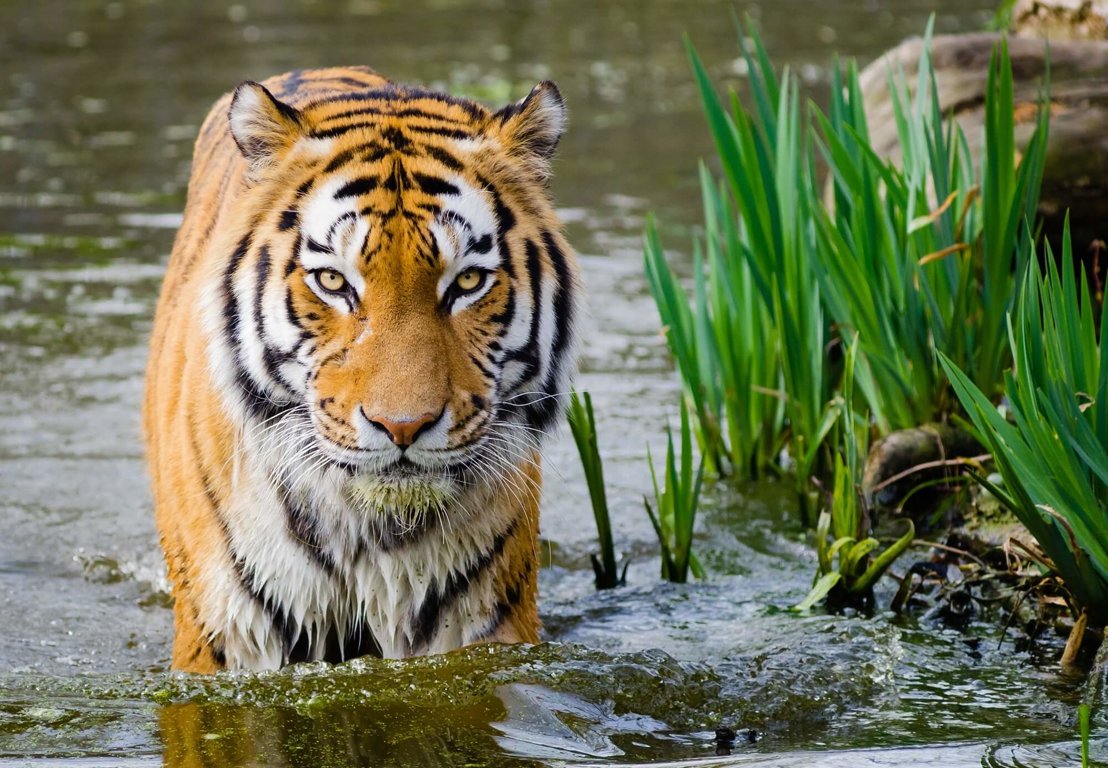Endangered Species
Thousands of plants and animals are endangered, and thousands more are threatened. Many of the reasons certain animals are disappearing forever are because of human activities.Five Major Causes
The mnemonic HIPPO represents the five major causes of declining wildlife biodiversity:H - Habitat Loss
I - Invasive Species
P - Pollution and Pesticides
P - Population Growth (human) and the Pet Trade
O - Over-hunting and Over-collecting


 Hotspots & Coldspots
Hotspots & Coldspots The Domino Effect
The Domino Effect Keystone Species
Keystone Species Indicator Species
Indicator Species Umbrella Species
Umbrella Species Flagship Species
Flagship Species